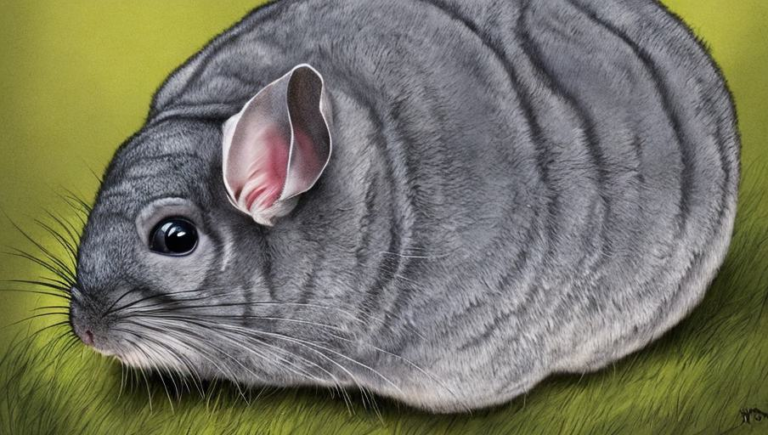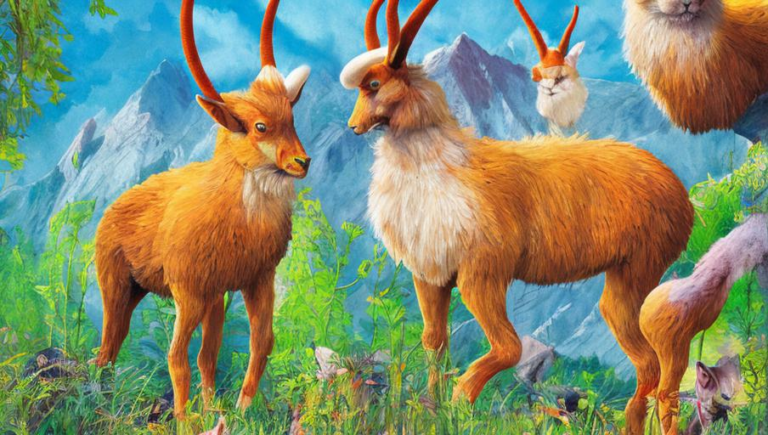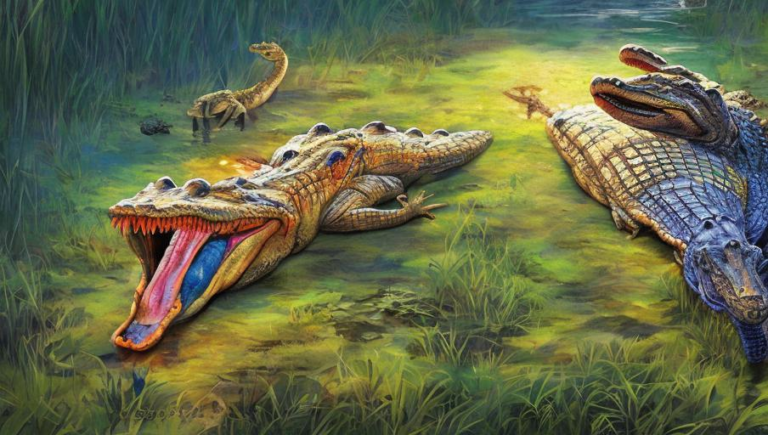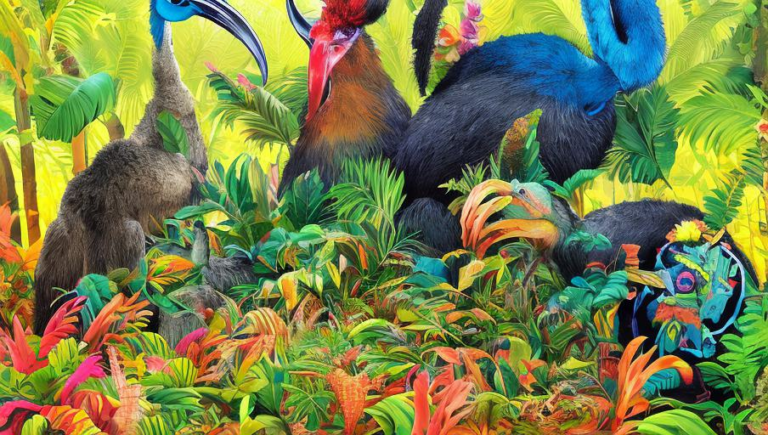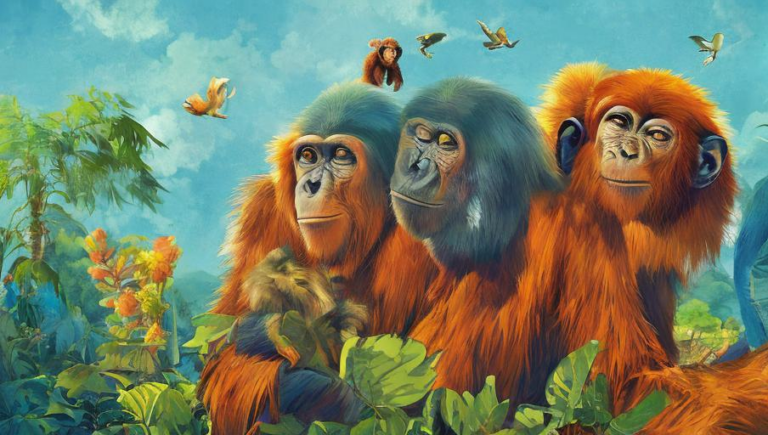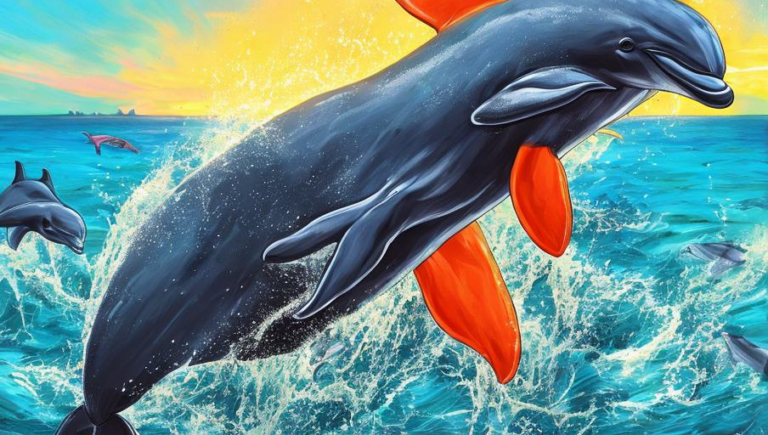Breeding Habits of Boars
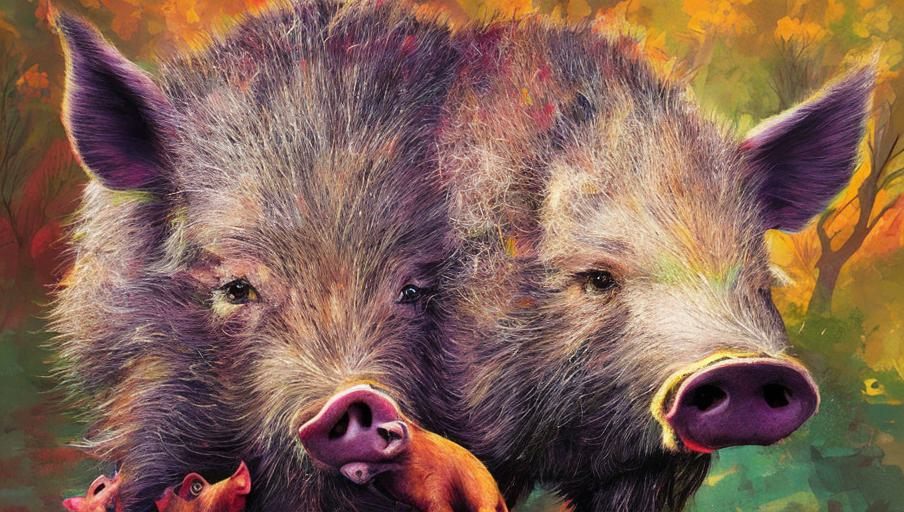
Introduction to Boars
Boars are a species of pig that can be found in many different parts of the world. They are strong and hardy animals, and can be found in a variety of habitats, including forests, grasslands, and wetlands. Boars are omnivorous, and their diet includes fruits, nuts, roots, and other vegetation. They also feed on small animals such as insects, frogs, and reptiles. Boars are typically active during the day, and they sleep in open areas or in shallow holes they have dug. Boars are social animals, and they live in families, or sounders, of up to a dozen individuals.
Breeding Habits of Boars
Boars reach maturity at around two years of age, and they typically breed twice a year, in the spring and late summer. During the breeding season, male boars become very aggressive as they compete for access to females. Boar sows, or female boars, are in heat for only a few days, and they can mate with multiple males in that time. After mating, the sows separate from the males and form their own sounders. They will give birth to their piglets in a shallow den that they have dug.
Gestation and Birth
The gestation period for boars is typically around 115 days. Sows will give birth to a litter of 4-10 piglets, which are born blind and helpless. The sows are very protective of their young, and will fiercely defend them from predators. The piglets will typically stay with their mother for about a year, before they reach sexual maturity and move off to find their own sounder.
Mortality
Boars have a number of natural predators, including wolves, bears, and large cats. They are also vulnerable to hunting by humans, and their populations have been in decline in recent years due to overhunting and habitat destruction. Boars can live up to 15 years in the wild, but their average lifespan is much shorter due to predation and hunting.
Conclusion
Boars are an important part of many ecosystems, and they play an important role in maintaining the balance of the environment. They are also fascinating animals to observe in the wild, and can be found in a variety of habitats across the world. However, their populations are in decline due to hunting and habitat destruction, and it is important that we work to protect this species for generations to come.
